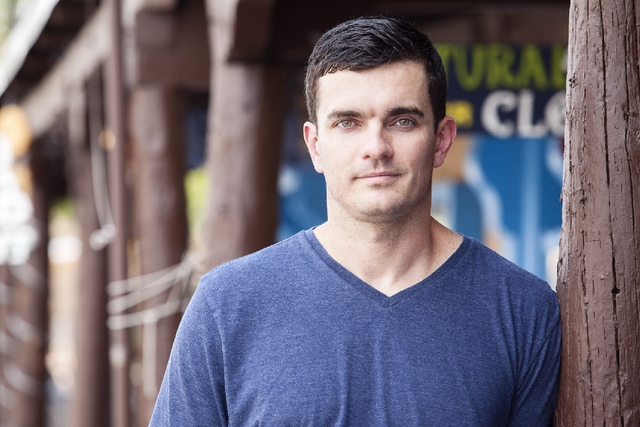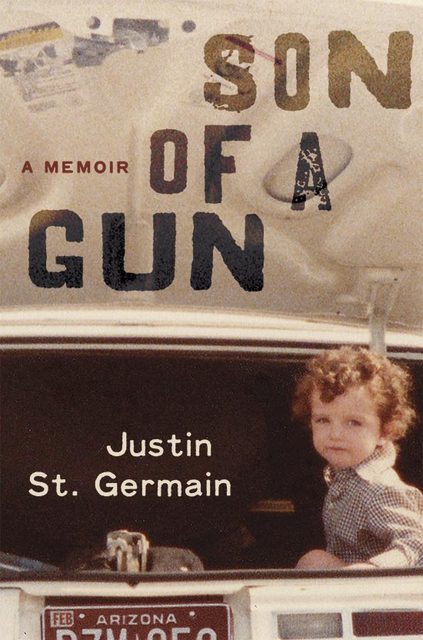Beyond Legend: Unm Professor Searches For Truth In His Mother’s Desert Murder
Unm Professor Searches For Truth In His Mother’s Desert Murder



Latest Article|September 3, 2020|Free
::Making Grown Men Cry Since 1992





